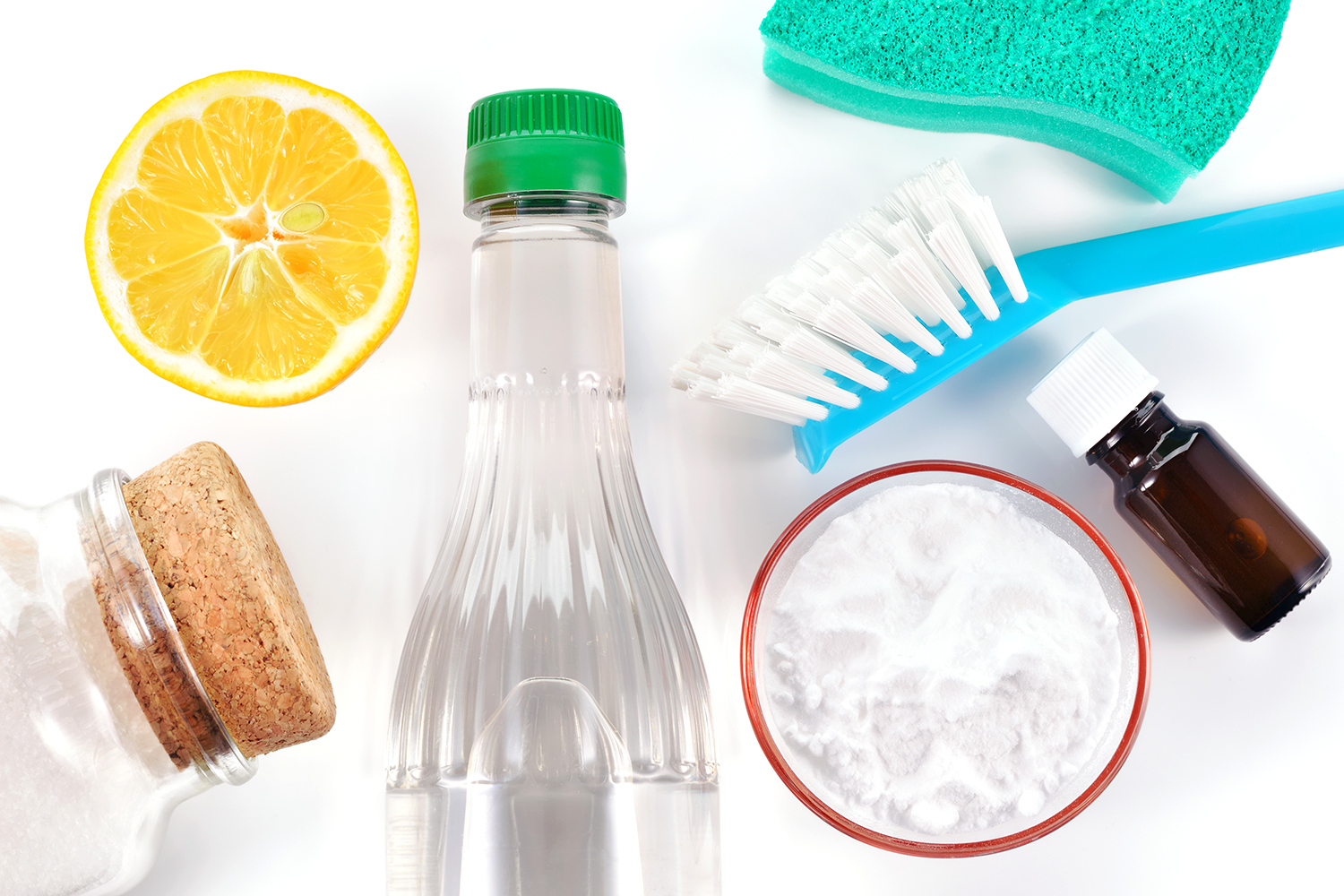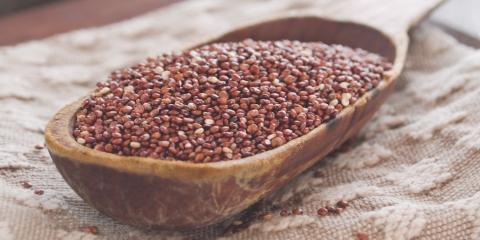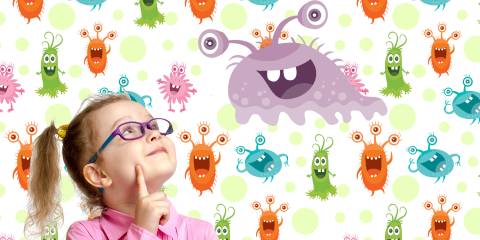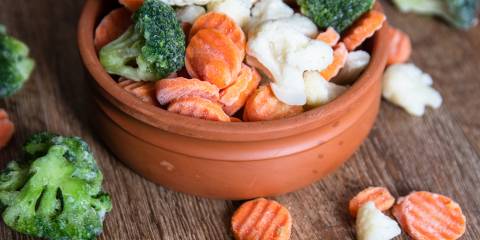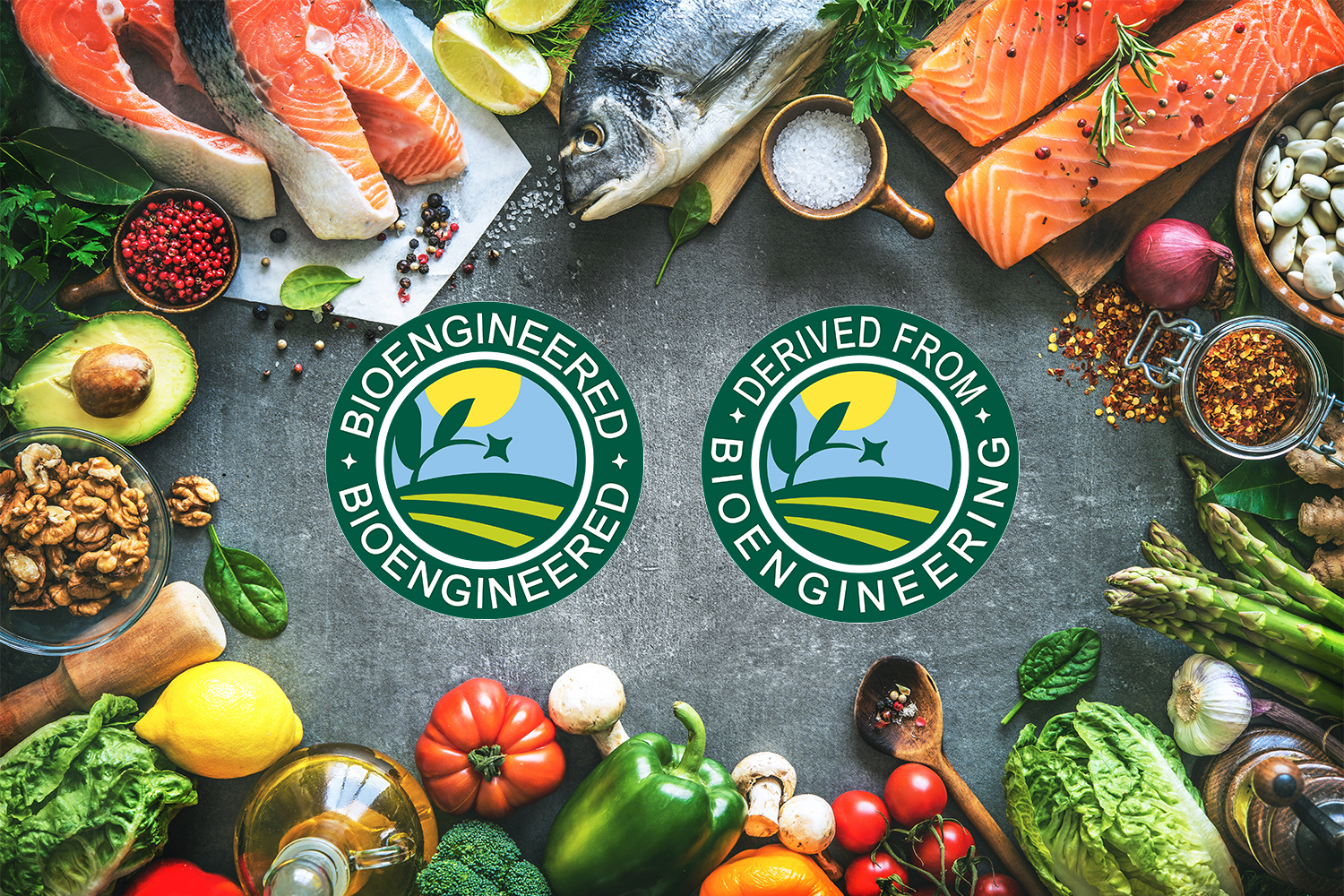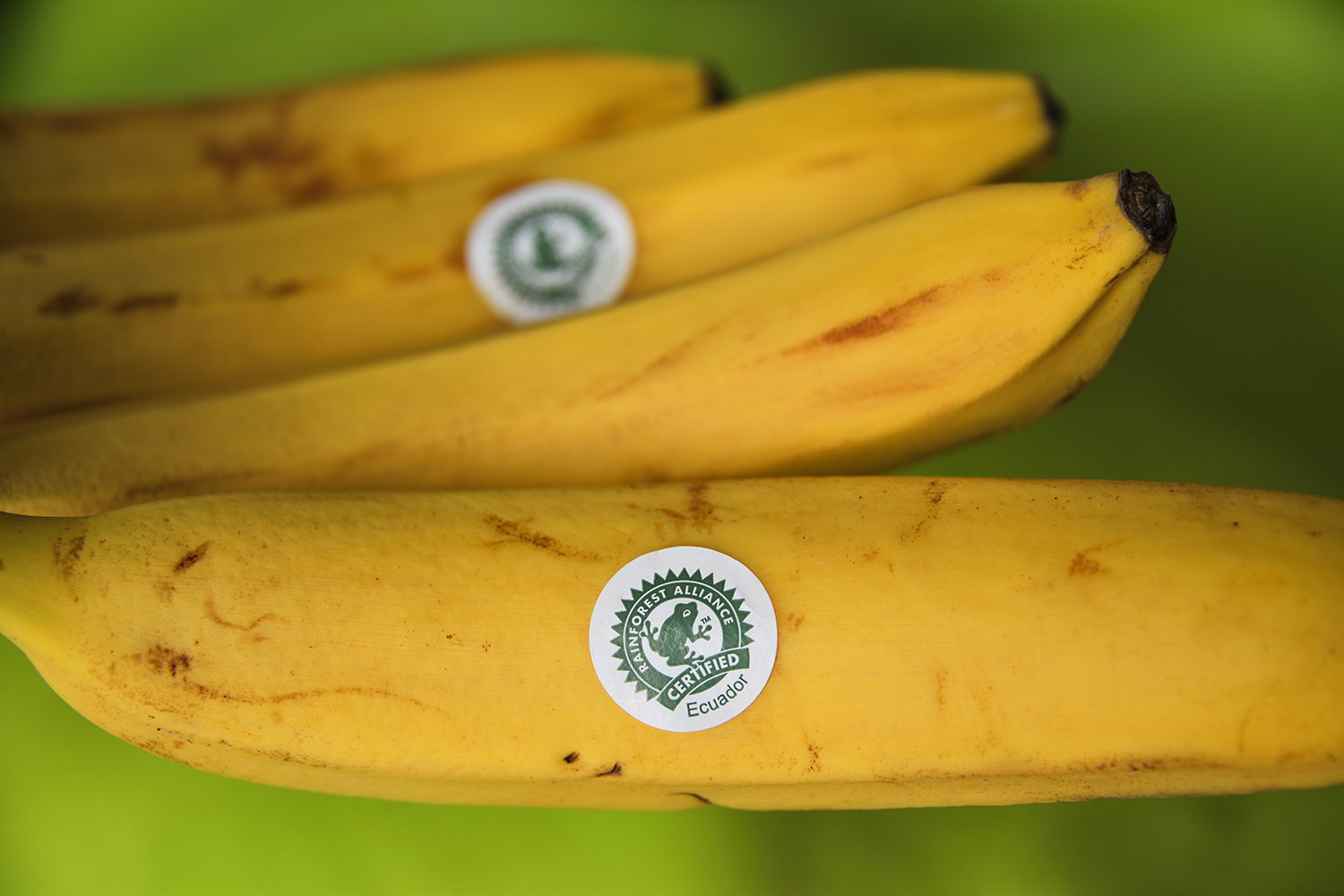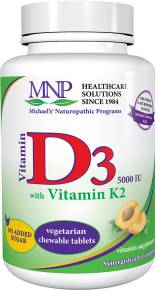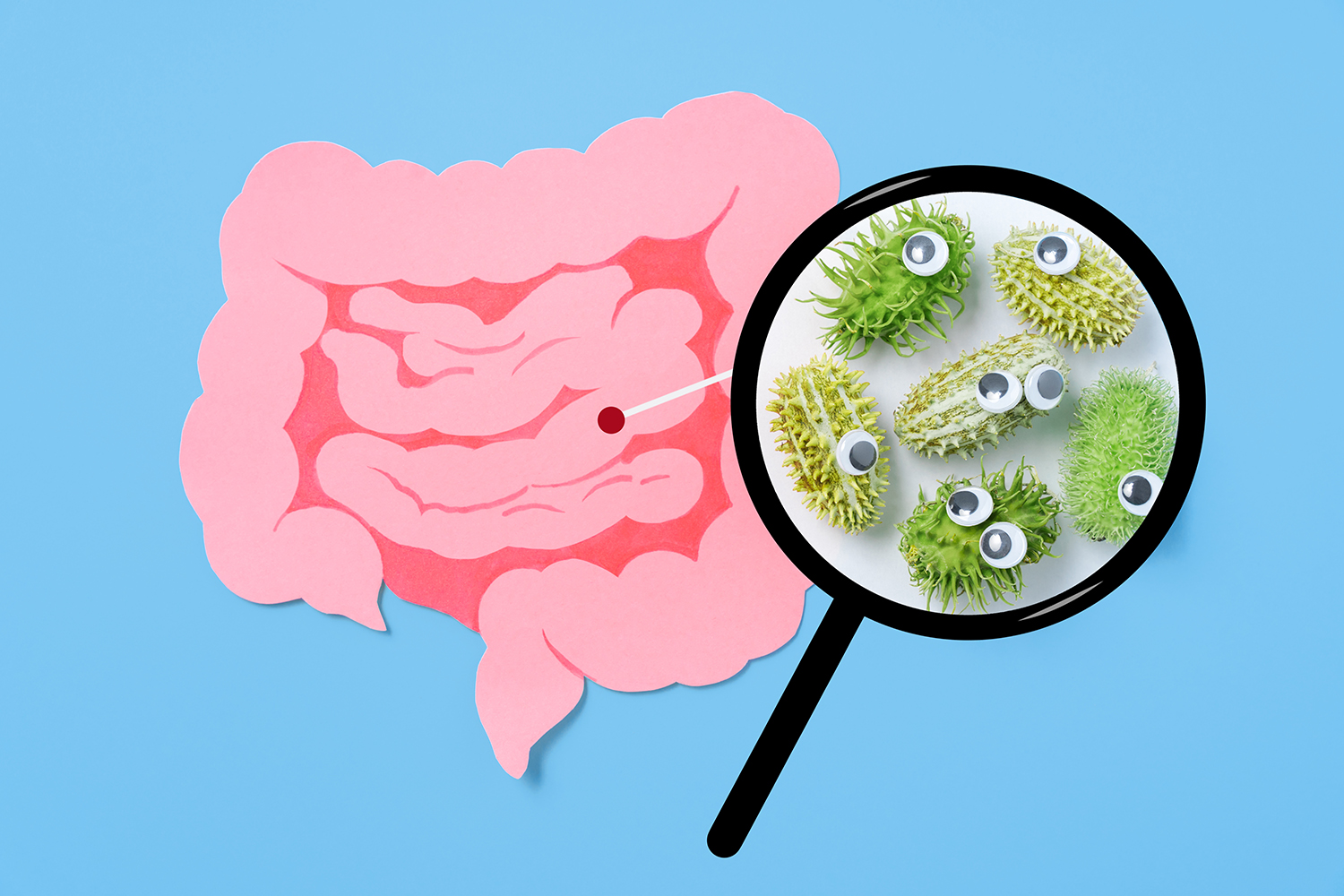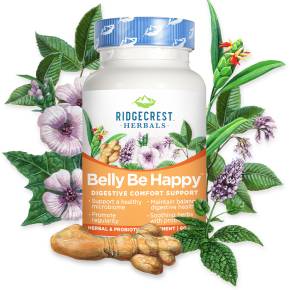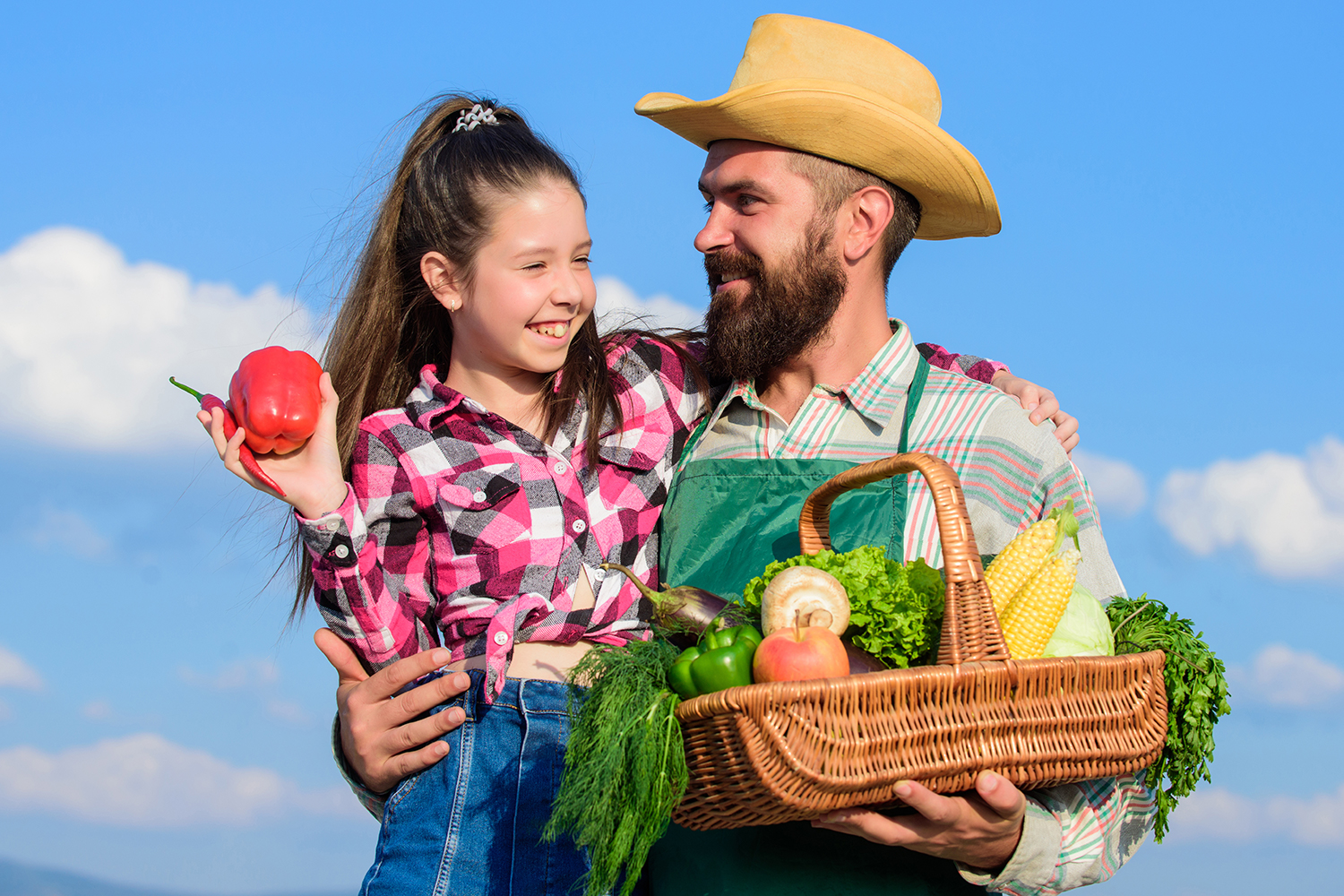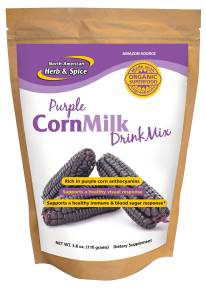It’s time to put the green in your clean! Common household cleaners contain toxic chemicals that can be harmful to your health. You can create safe, eco-friendly cleaning products using essential oils and other natural and inexpensive ingredients you can find at any natural grocery store.
Sure, essential oils smell great—who doesn’t love a hint of lemon in the kitchen and lavender in the bath or bedroom—but they can do more than just freshen the air.
“Essential oils have potent antimicrobial effects along with their clean, pleasant natural aromas,” says Anne Rierson, manager of public relations at Aura Cacia, an essential oil brand.
Essential Oils for Household Cleaning
According to Rierson, these are the essential oils most useful for household cleaning. Creating your own natural cleaning products is as simple as adding these potent essential oils to natural cleaning products. Baking soda, a gently abrasive scouring powder and odor absorber is an excellent base for making your own cleaning preparations.
-
Lemon Oil
In addition to its clean, uplifting scent, lemon’s acidic properties provide antibacterial and antiseptic cleaning actions. It can help remove stains. Add a few drops to a gallon of water when mopping white floors. Other citrus oils helpful in cleaning are orange and grapefruit.
-
Peppermint Oil
This essential oil purifies air and acts as a mild pest repellent. Mix peppermint with lemon for a refreshing smell! It also blends well with lavender, eucalyptus, and rosemary.
-
Eucalyptus and Tea Tree Oil
These distinctive-smelling oils work as air and surface sanitizers. Tea tree oil works well on mold and mildew, as well as musty smells.
-
Pine Oil
Pine is inexpensive and clean smelling, and acts as both a disinfectant and a deodorizer.
-
Lavender Oil
It has a pleasing scent, is anti-bacterial and deters insects such as moths.
DIY Cleanser Recipes
Natural Carpet Cleaner
Make your own carpet cleaning product by mixing 15- 20 drops of any essential oil into a cup of baking soda.
Let the mixture sit overnight (so the oil can be absorbed into the baking soda), then sprinkle on the carpet before you vacuum.
Toilet Bowl Cleanser
You can make a quick and easy disinfecting toilet bowl cleanser by combining these in a 22-ounce spray bottle:
- 1 cup of water
- 1⁄4 cup of liquid Castile soap
- 20 drops of white lavender or lemon essential oil
